From stagnation to surge: Khanal commission charts Nepal’s economic comeback
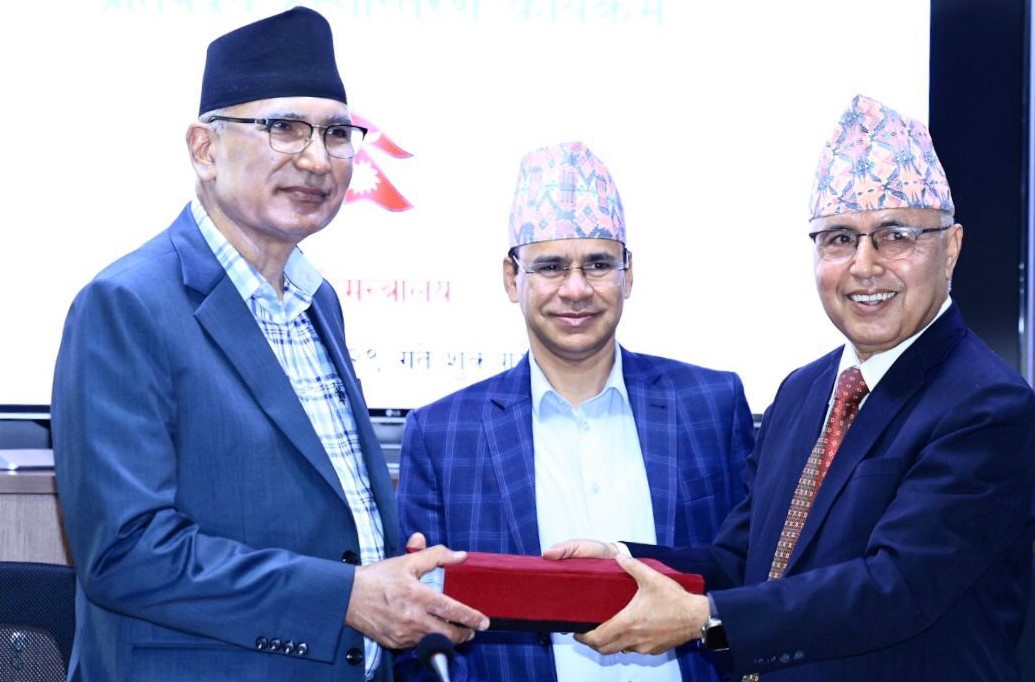
KATHMANDU: As Nepal grapples with the lingering economic fallout from the COVID-19 pandemic, a high-level commission has delivered a comprehensive roadmap to rejuvenate the nation’s economy. The ‘High-Level Economic Reform Recommendation Commission,’ formed in response to persistent private sector demands, submitted its report to the government, outlining a series of reforms aimed at fostering growth, creating jobs, and ensuring long-term stability. Chaired by former Finance Secretary Rameshwor Khanal, the commission’s findings come at a critical juncture as Nepal seeks to overcome years of economic stagnation.
The pandemic not only disrupted public health but also crippled economies worldwide, with Nepal facing a particularly tough recovery. Pre-COVID, Nepal enjoyed an impressive average annual growth rate of 7.5 percent for three years, but weak structural foundations left it vulnerable. Lockdowns froze economic activity, and while post-pandemic relief measures like monetary easing and import curbs were introduced, delays in recalibrating these tools triggered deeper issues, the commission notes. Challenges in trade credit recovery, a struggling construction sector, and declining investment and consumption further eroded economic vitality.
The commission’s report, praised by Finance Minister Bishnu Prasad Paudel for its thoroughness, offers a multi-pronged strategy to address these woes. “This report provides actionable solutions to the economy’s challenges, just as we prepare the upcoming budget,” Paudel said, expressing optimism that it will guide fiscal planning. The timing is crucial, with the government under pressure to deliver a budget that reignites growth while tackling structural bottlenecks.
Central to the report is the creation of a private sector-friendly environment. Recommendations include fostering economic opportunities, ensuring equitable access for entrepreneurs, and driving sustainable growth to boost employment. The commission advocates for a borderless economy to capitalize on global opportunities, alongside policies to stabilize macroeconomic indicators. However, Khanal acknowledged that the six-month timeframe limited in-depth analysis, particularly on public finance, though the report builds on prior recommendations from bodies like the Public Expenditure Review Commission.
Key Reform Proposals
The commission calls for sweeping policy and institutional changes. On the policy front, it urges crafting economic frameworks that promote competition and opportunity, while monetary reforms include narrowing interest rate corridors, stabilizing inflation at 4-6 percent, and exploring alternatives to the fixed exchange rate. Institutionally, the report proposes limiting bureaucratic transfers—secretaries for two years, employees for five—and raising the retirement age to 60 to ensure continuity. It also suggests banning cash donations to political parties to curb undue influence.
In a bold move, the commission recommends repealing 15 outdated laws that hinder business operations and government service delivery. It advises against federal oversight of small projects and large hill road infrastructure, prioritizing national pride projects instead. Public spending reforms include capping social security costs, reverting the old-age allowance eligibility to 70 years, and shifting to a contribution-based system. Public debt, the report stresses, should fund only high-return projects.
The commission also targets public enterprises, recommending the dissolution of five, including Janakpur Cigarette and Butwal Yarn Factory, and privatizing shares of Hetauda and Udaypur Cement. For Nepal Airlines, it suggests a strategic partner to boost efficiency. Sector-specific proposals span agriculture, infrastructure, health, education, and more, aiming for holistic development.
Why the Economy Faltered
The report traces Nepal’s economic woes to a mix of pre-existing weaknesses and pandemic-era missteps. Reduced credit growth, a real estate slump, trapped cooperative savings, and delayed government payments compounded the slowdown. Over the past two fiscal years, weak aggregate demand, falling consumption, and sluggish growth have defined the economy, with fiscal inaction and import controls adding to the strain.
A Path Forward
The commission’s vision extends beyond short-term fixes, emphasizing trust-based systems, sustainable resource use, and global integration. By addressing immediate stagnation while laying groundwork for long-term resilience, the report offers hope for a dynamic economy. For businesses, citizens, and policymakers, it’s a clarion call to act decisively.
As Nepal awaits the next budget, the government faces the challenge of translating these recommendations into reality. If implemented, the reforms could mark a turning point, steering Nepal toward inclusive, sustainable prosperity.



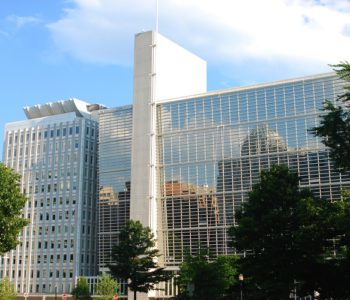





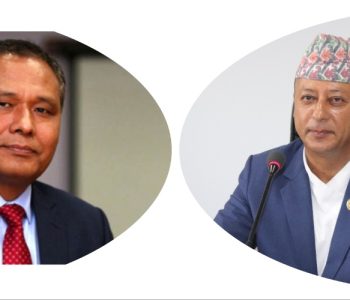
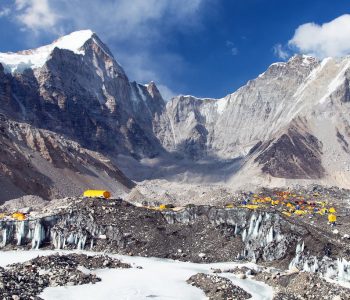
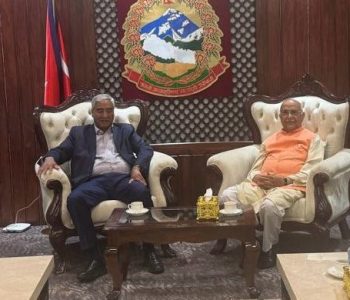
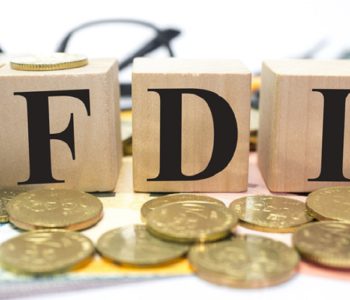
Facebook Comment